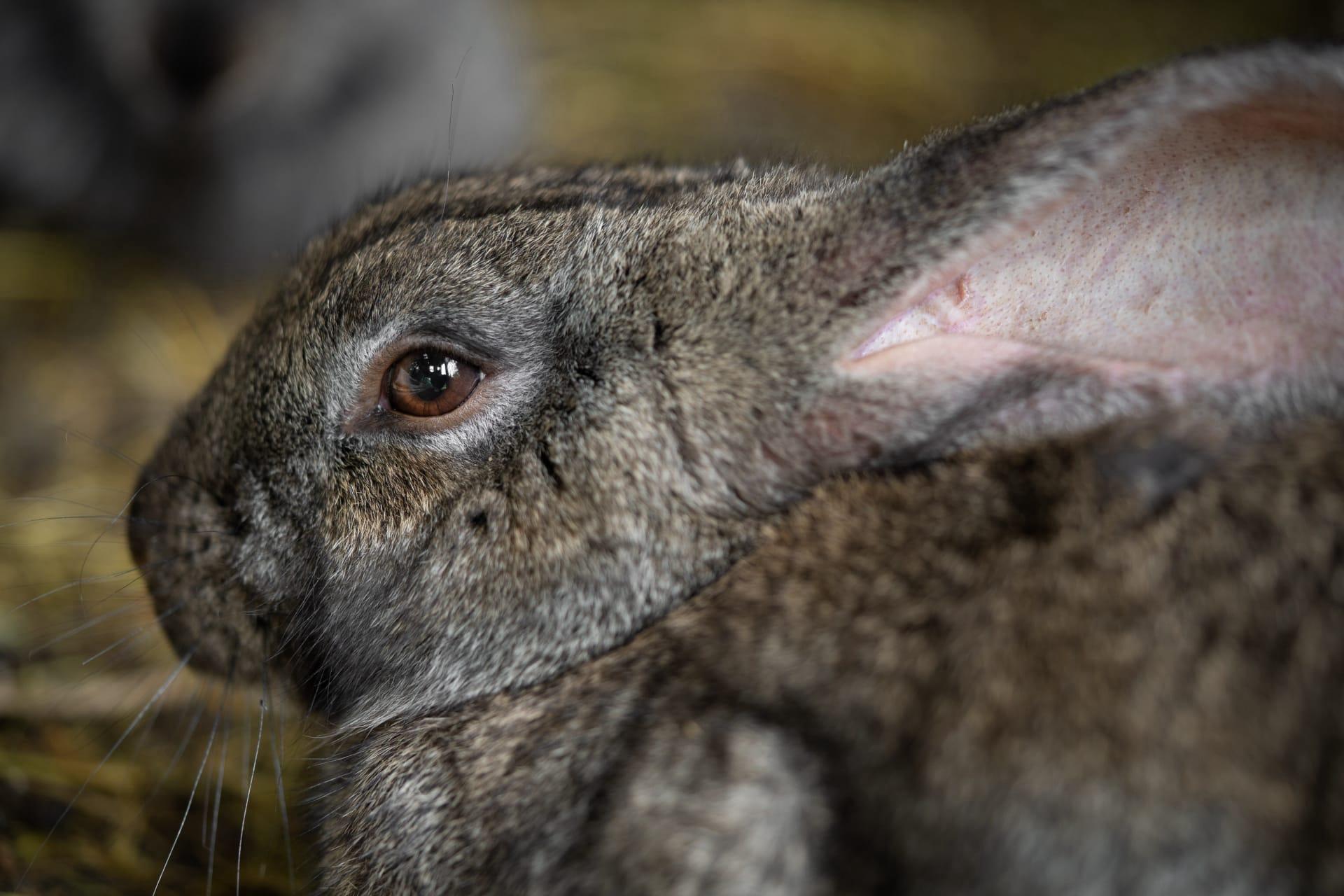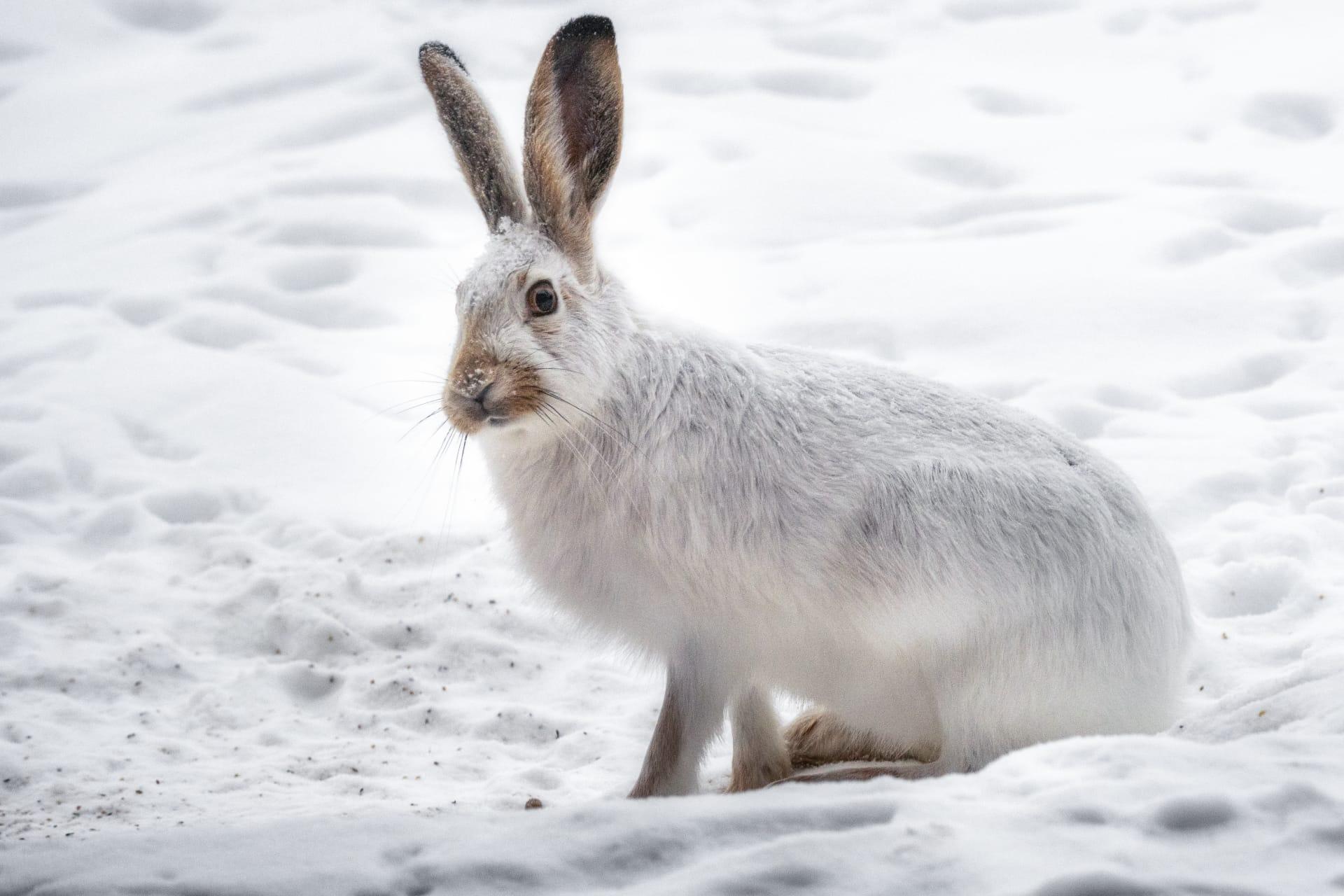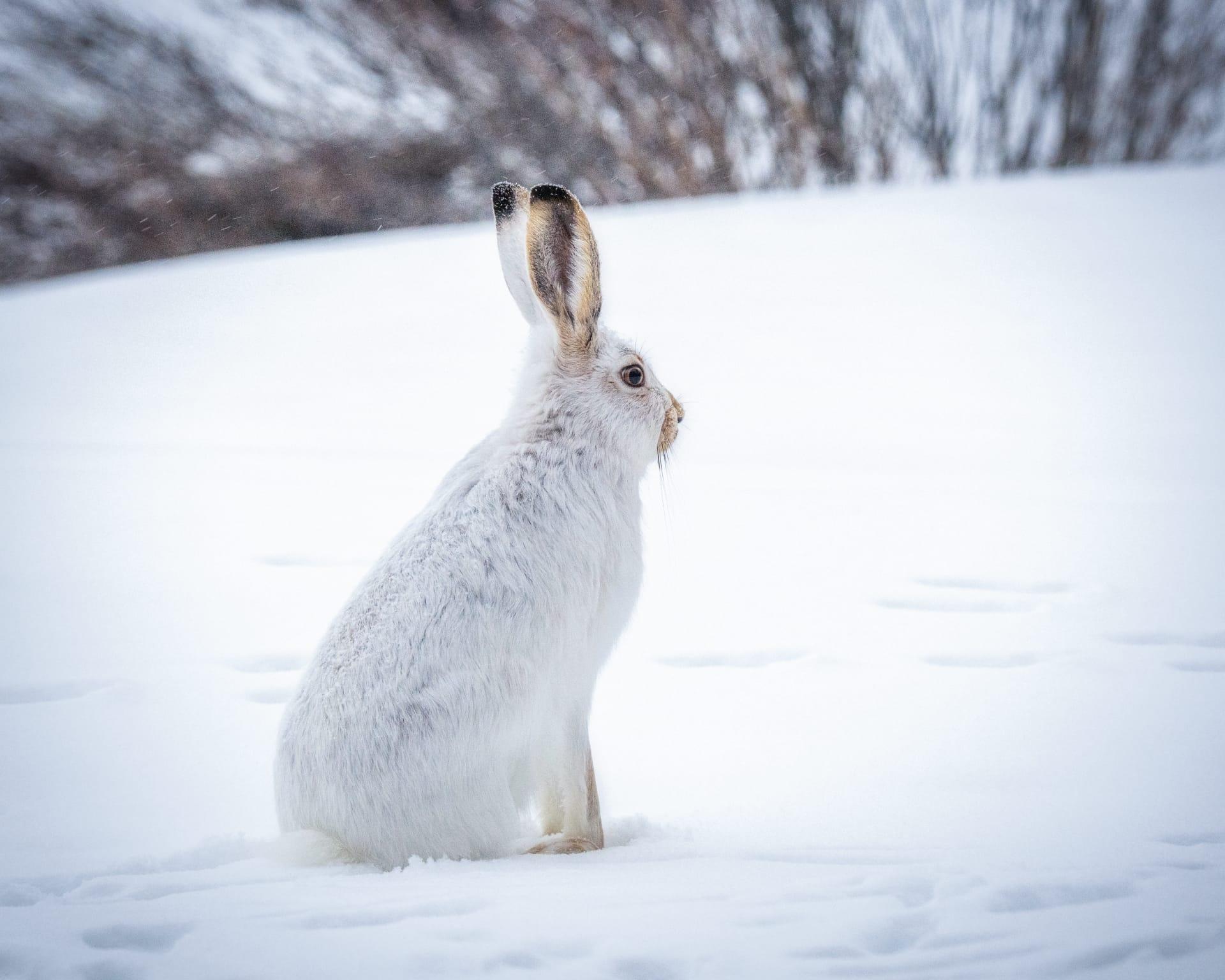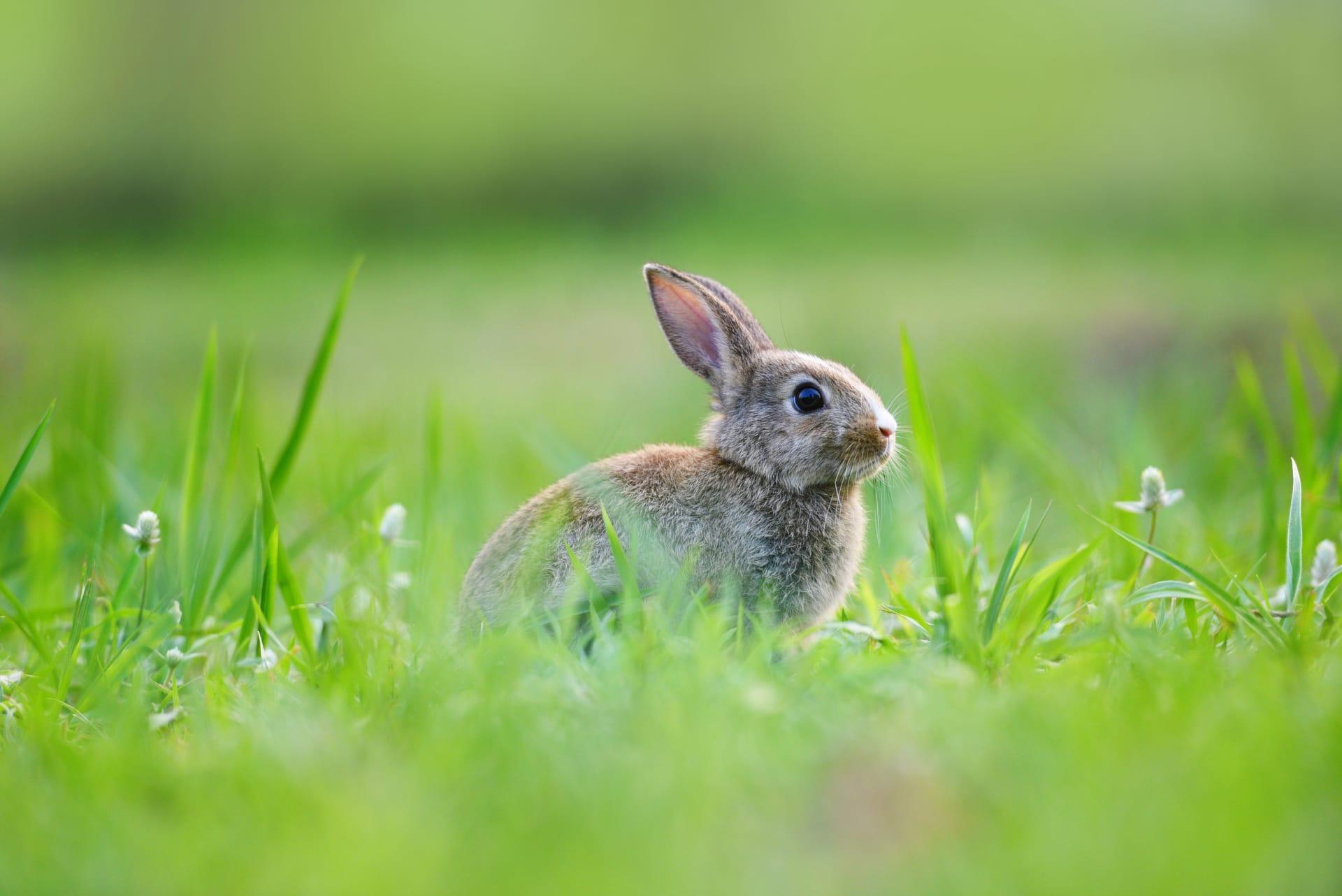1
Rabbits have a unique digestive system that allows them to process food more efficiently. They produce two types of droppings: hard pellets and cecotropes. The latter are softer, nutrient-rich fecal pellets that rabbits re-ingest. This process, called cecotrophy, enables them to extract maximum nutrients from their diet, which mainly consists of fibrous materials. It's fascinating that a rabbit's digestive system has evolved this efficient method to recycle nutrients and ensure their survival on a diet low in calories.
Rabbit teeth never stop growing. On average, their teeth grow 3 to 5 millimeters per week. To keep them from overgrowing, rabbits need to constantly gnaw on items like hay, wooden toys, and other hard materials. This continuous growth is an adaptation to their herbivorous diet, which naturally wears down their teeth. Without this adaptation, their teeth could become too long, preventing them from feeding properly and leading to serious health issues.

2
Rabbits have a remarkable field of vision. Their large eyes are positioned on the sides of their head, giving them a nearly 360-degree view. This wide field of vision allows them to see predators from almost all directions, a crucial survival trait in the wild. Despite this, they have a small blind spot right in front of their nose.
Rabbits communicate through a variety of sounds and body movements. For instance, they thump their hind legs on the ground to warn other rabbits of danger. They also use subtle sounds like humming or purring when content, and high-pitched screams to express distress or fear. These communication methods are essential for their social interaction and survival, both in the wild and in domestic environments.

3
Rabbits are capable of jumping to impressive heights and distances. They can leap up to 3 feet high and cover distances of up to 10 feet in a single jump. This ability is not just for evasion or escape; it's also a part of their playful behavior and exercise routine.
Their reproductive rate is well-known. A female rabbit, called a doe, can become pregnant again just days after giving birth. They can have multiple litters per year, with each litter containing up to 12 babies, known as kits. This high reproductive rate is a strategy for survival, as rabbits are prey for many predators.

4
Rabbits play a crucial role in their ecosystems. They serve as prey for a variety of predators, thus maintaining the balance of predator-prey dynamics. Their grazing also influences the growth and distribution of vegetation, impacting the landscape.
Rabbits have a unique coat that changes with the seasons for camouflage. In regions with snowy winters, some species like the Arctic hare change their coat color from brown or gray in the summer to white in the winter. This color change provides an adaptive advantage in avoiding predators in different environments.

5
Rabbits have a lifespan that varies significantly between wild and domestic environments. Wild rabbits typically live for about 1 to 2 years due to predation and harsh living conditions. In contrast, domestic rabbits can live for up to 10 years or more when cared for properly in a safe environment.
Interestingly, rabbits and hares are not the same. Despite their physical similarities, they belong to different genera and have distinct behavioral and physiological differences. For example, rabbits are born blind and hairless, while hares are born with fur and the ability to see. This difference is crucial for their survival strategies in the wild.